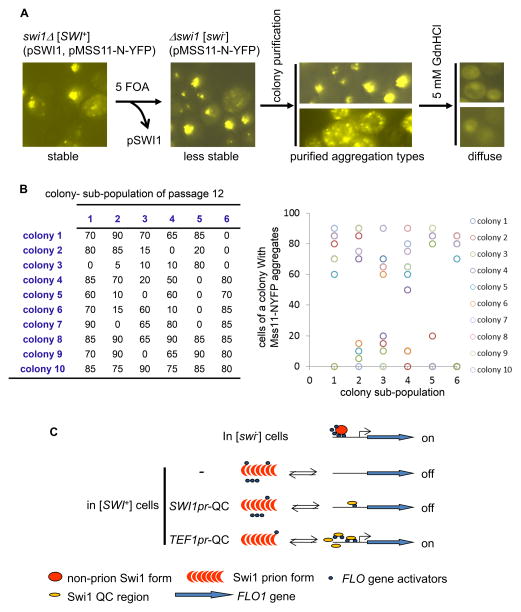Figure 7. Mss11-N could form prion-like aggregates associated with [SWI+] but became metastable after separation from [SWI+].
(A) A [SWI+] prion strain was created from a swi1Δ strain co-expressing Swi1 and Mss11-N-YFP driven by TEF1pr from CEN-plasmids. Mss11-N-YFP formed stable and inheritable aggregates in [SWI+] cells. The Swi1-expressing plasmid was eliminated by counter-selection on 5 FOA-containing SC plates to eliminate [SWI+]. The Mss11-N-YFP aggregates were then examined for stability, localization, inheritability, and curability after eliminating [SWI+]. Two types of aggregates, dispersed or focused, could be isolated upon colony purification, both of which were eliminable by GdnHCl. (B) An example of the metastable feature of the prion-like Mss11-N aggregates after separating from [SWI+]. Shown is the result at the 12th passage of colony purification. Six aggregate-carrying colonies were spread to generate six sub-populations of colonies. For each sub-population, 10 randomly picked colonies were examined for frequency of cells containing the aggregates (left panel, numbers are percentages). The right panel is a scattered plot showing variations of the aggregation frequency. (C) A diagrammatic model. Briefly, the transcription of FLO genes (blue arrows) requires a coordinated action from the SWI/SNF complex and other up-regulators. In [SWI+] cells, these up-regulators undergo conformational changes and/or become aggregated, and are therefore functionally sequestered from the FLO gene promoters (black lines). Swi1-QC has a full transcriptional activity but does not join Swi1 aggregates in [SWI+] cells due to the lack of Swi1-PrD. This truncated Swi1 might still be able to interact with other SWI/SNF subunits and transcription factors that are essential for FLO gene expression. Therefore overproduction but not endogenous level of Swi1-QC will compete and reduce aggregation of these FLO gene up-regulators, and re-guide them to activate the FLO gene promoters.

